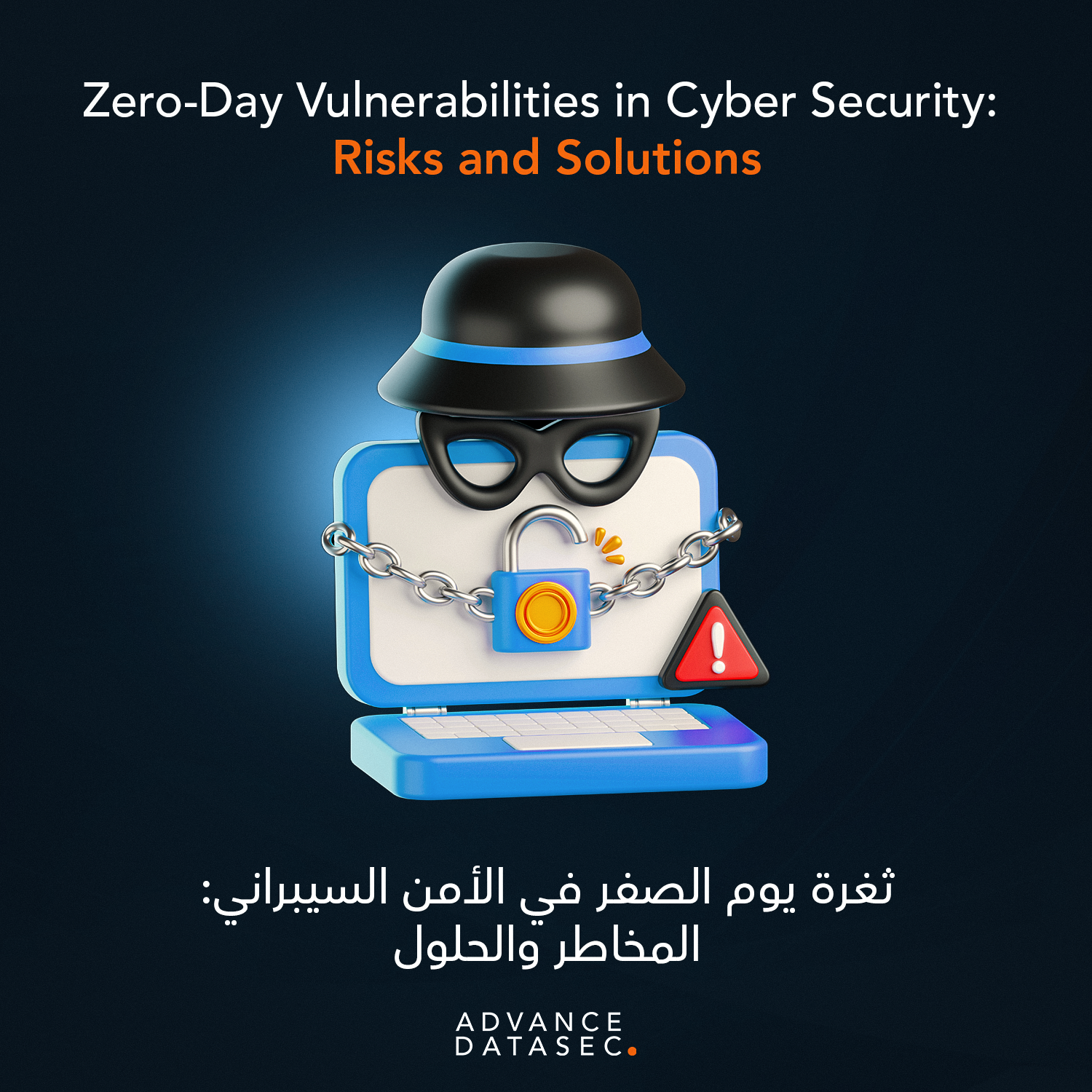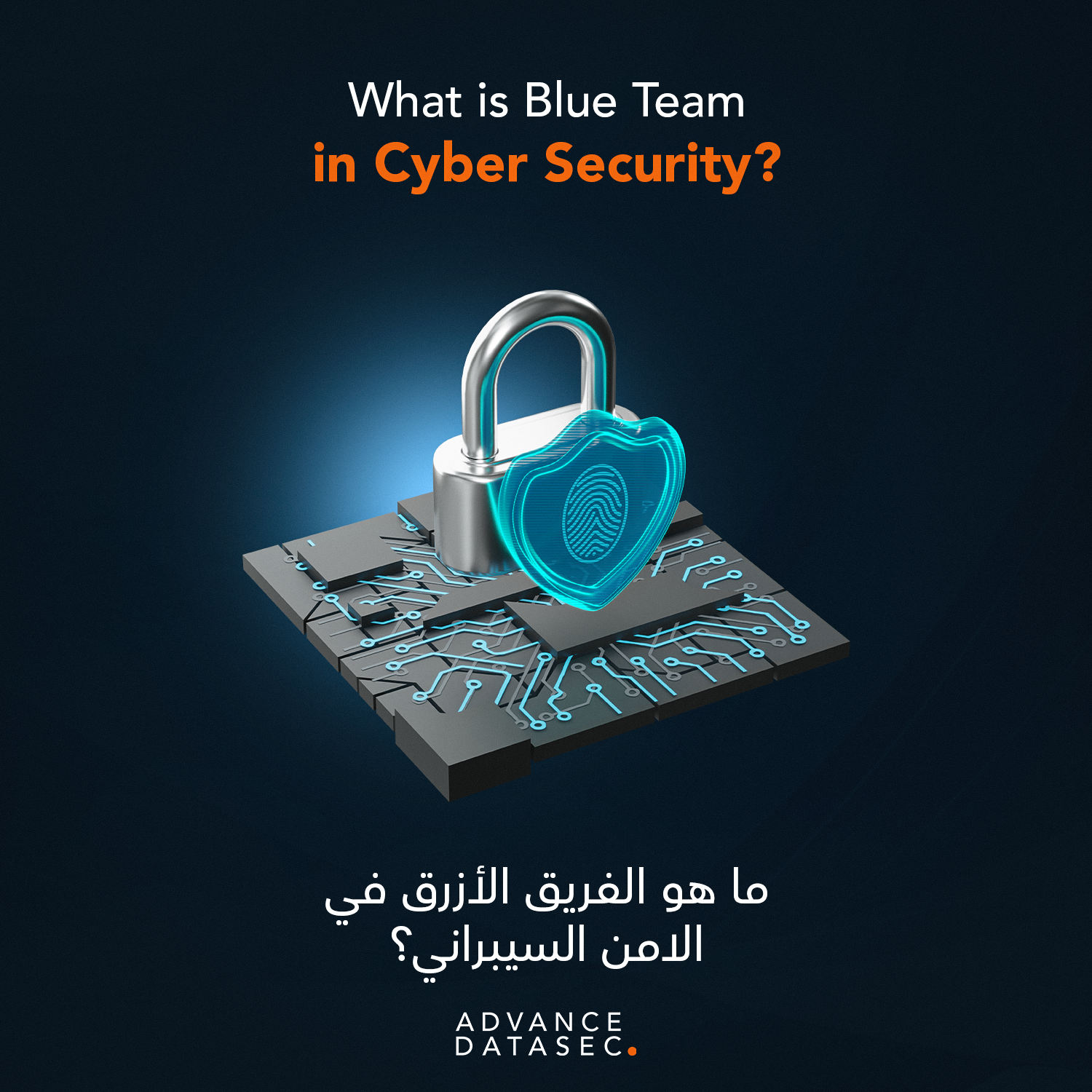Understanding ISO 27001 and NCA ECC
ISO 27001 is a globally recognized standard for information security management systems (ISMS). It provides a framework for organizations to manage sensitive information and ensure the confidentiality, integrity, and availability of data. The standard emphasizes a risk-based approach, encouraging organizations to identify and assess their specific cybersecurity risks, and then implement appropriate controls tailored to their unique environments. This proactive management of information security enables organizations to not only protect their assets but also foster trust among clients and stakeholders by demonstrating their commitment to data protection.
Key components of ISO 27001 include the establishment of an ISMS policy, risk assessment and treatment, security controls, and ongoing measurement and review. By adhering to ISO 27001, organizations create a culture of continuous improvement that is vital for adapting to the ever-evolving landscape of cybersecurity threats. Compliance with this standard also aids in fulfilling various regulatory requirements, thereby enhancing overall cybersecurity resilience and governance.
On the other hand, the National Cyber Agency (NCA) Essential Cybersecurity Controls (ECC) encompass a set of fundamental practices aimed at enhancing organizational cybersecurity posture. These controls address essential areas of cyber hygiene that organizations need to implement to mitigate prevalent cybersecurity threats. The NCA ECC are designed to be practical and actionable, providing a baseline level of protection for organizations regardless of their sector or size. The focus of these controls is on preventing common attack vectors, ensuring the safety of both technical and human resources involved in information systems.
Integrating ISO 27001 with NCA ECC is crucial, as it aligns the strategic frameworks of both cybersecurity standards. While ISO 27001 lays out a comprehensive management structure for information security, the NCA ECC offers specific controls to operationalize this framework. The convergence of these two approaches empowers organizations to enhance their cybersecurity defenses effectively and ensure compliance with key industry standards.
The Need for Alignment: Why Organizations Should Map ISO 27001 to ECC
In today’s digital landscape, maintaining stringent cybersecurity measures is imperative for organizations of all sizes. The increasing complexity of the regulatory environment highlights the necessity for organizations to align their information security frameworks with established standards. One such standard, ISO 27001, provides a robust framework for managing sensitive information securely. Mapping ISO 27001 to the NCA Essential Cybersecurity Controls (ECC) can significantly enhance an organization’s cybersecurity posture. This alignment is crucial in navigating the complexities of current compliance requirements and addressing the escalating cybersecurity threats.
The landscape of cyber threats continues to evolve, with organizations facing increasingly sophisticated attacks. Ransomware, phishing, and data breaches illustrate the urgent need for a proactive cybersecurity strategy. By adopting ISO 27001 and mapping it to ECC, organizations position themselves to establish a comprehensive risk management process that not only meets compliance mandates but also protects against potential vulnerabilities. This approach fosters a culture of risk awareness where cybersecurity becomes an ongoing priority rather than a mere checkbox to satisfy regulatory obligations.
Furthermore, alignment with recognized standards helps organizations avoid the risks of non-compliance, which can lead to regulatory fines and reputational damage. By integrating cybersecurity compliance frameworks like ECC with ISO 27001, organizations benefit from a streamlined approach to managing security controls and protocols. This synergy aids in creating systematic monitoring and improvement processes, ensuring that security practices are continually refined. For instance, organizations that neglect this alignment may find themselves overwhelmed by the challenges of ensuring compliance with multiple regulations, leading to potential gaps in their cybersecurity defenses.
Engaging in a thoughtful mapping of ISO 27001 to the NCA ECC establishes a critical foundation for effective cybersecurity management. It not only aids compliance but also empowers organizations to enhance their resilience against an ever-evolving cybersecurity landscape.
Benefits of Mapping ISO 27001 to ECC
Mapping ISO 27001 to the NCA Essential Cybersecurity Controls (ECC) offers organizations a multitude of benefits that advance their security framework and ensure compliance with legal and regulatory demands. One of the primary advantages is the improved alignment with cybersecurity compliance requirements that organizations are obligated to meet. Enterprises that implement this mapping tend to experience a significant decrease in compliance-related issues, bolstered by more effective governance practices.
A comprehensive analysis reveals that organizations adhering to ISO 27001 can achieve a stronger security posture, significantly enhancing their resilience against a myriad of cybersecurity threats. According to recent studies, 65% of businesses that integrated both ISO 27001 and NCA ECC reported a reduction in security incidents. This highlights the effectiveness of such an alignment in combating security vulnerabilities, as both frameworks share common goals of risk management and information security.
Moreover, streamlining governance through standardized practices not only simplifies internal processes but also leads to better resource allocation. Organizations can efficiently direct their resources towards areas with the greatest cybersecurity risks, thus maximizing their security investment. In fact, companies that successfully deploy ISO 27001 with ECC established evidence of a 30% operational cost reduction attributed to optimized processes.
Additionally, improved stakeholder communication is another hallmark benefit that comes from mapping these frameworks. Keeping stakeholders informed about security measures fosters trust among customers and partners, establishing a transparent environment conducive to business growth. Case studies illustrate that firms maintaining clear communication about their cybersecurity frameworks see a 25% increase in customer confidence, translating to heightened loyalty.
In essence, organizations leveraging the mapping of ISO 27001 to NCA ECC can anticipate not only enhanced compliance and security but also operational efficiencies that reap long-term benefits.
Steps for Successful Alignment: A Practical Guide
Aligning ISO 27001 with the NCA Essential Cybersecurity Controls (ECC) is a strategic endeavor that can significantly enhance an organization’s cybersecurity posture. To embark on this journey, the first critical step is conducting a comprehensive gap analysis. This process involves reviewing current cybersecurity policies and practices against the requirements stipulated by ISO 27001 and the NCA ECC. Identifying discrepancies will allow organizations to pinpoint specific areas that need improvement, ensuring that they can focus their resources efficiently on enhancing cybersecurity compliance.
Once the gap analysis is complete, the next step is to develop a mapping document. This document serves as a vital tool for aligning the controls specified in ISO 27001 with those required by the NCA ECC. Clear mapping helps organizations understand how existing controls fulfill the NCA ECC requirements, facilitating a systematic approach to achieving compliance. It is essential to involve various stakeholders during this stage, as cross-functional collaboration ensures that diverse perspectives are considered, enhancing the effectiveness of the cybersecurity strategy.
Following the creation of the mapping document, organizations should integrate existing controls that align with both frameworks. This integration not only reduces redundancy but also streamlines compliance processes, thereby enhancing overall cybersecurity management. Additionally, establishing ongoing monitoring and review processes is crucial to ensure sustained adherence to both ISO 27001 and NCA ECC standards. Regular assessments will help organizations stay abreast of new threats and evolving compliance requirements, allowing for timely adjustments to their cybersecurity measures.
Training and awareness programs for stakeholders are also paramount. Equipping team members with knowledge about cybersecurity and compliance will foster a culture of security within the organization. Engaging employees at all levels enhances the effectiveness of the aligned framework while minimizing common pitfalls that may arise during the implementation process. By following these best practices, organizations can chart a robust roadmap towards successful cybersecurity compliance, effectively leveraging the synergies between ISO 27001 and NCA ECC.







